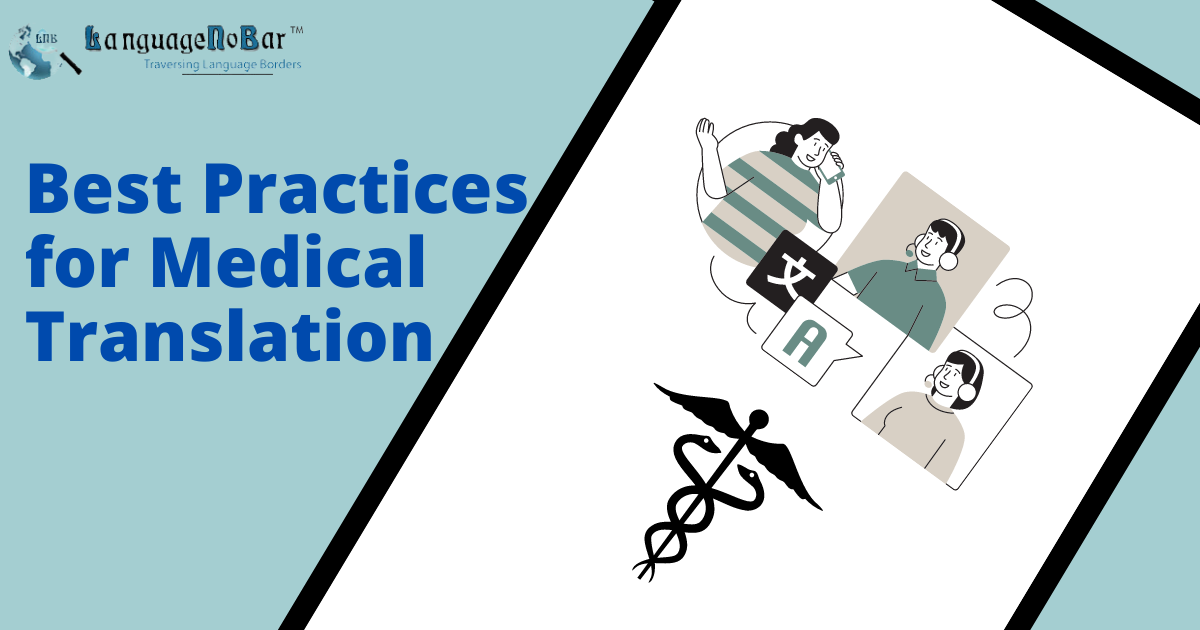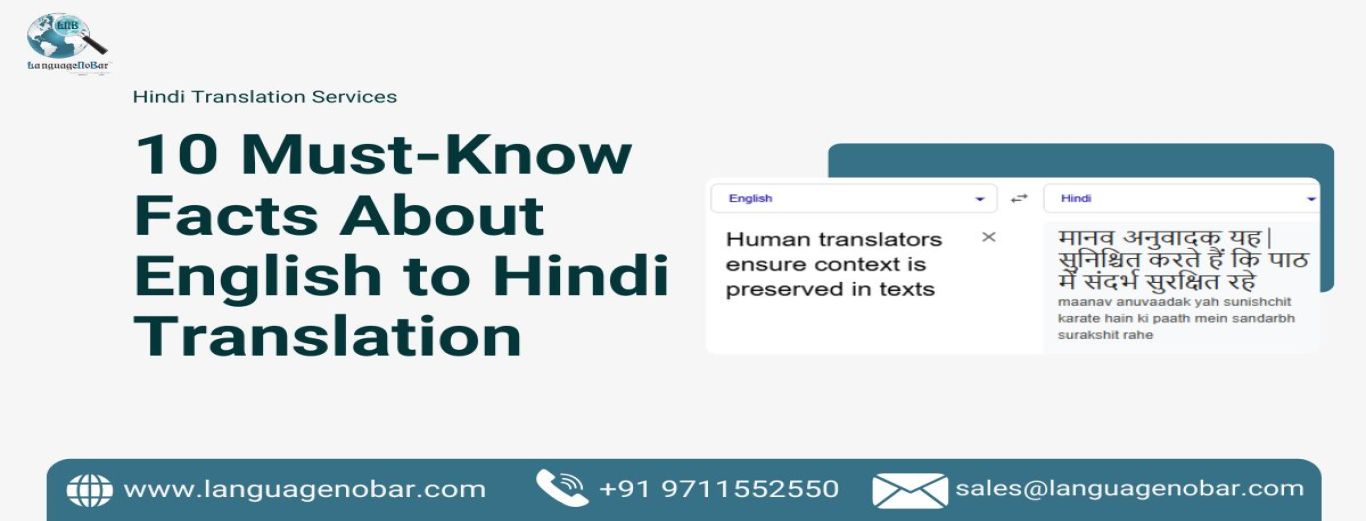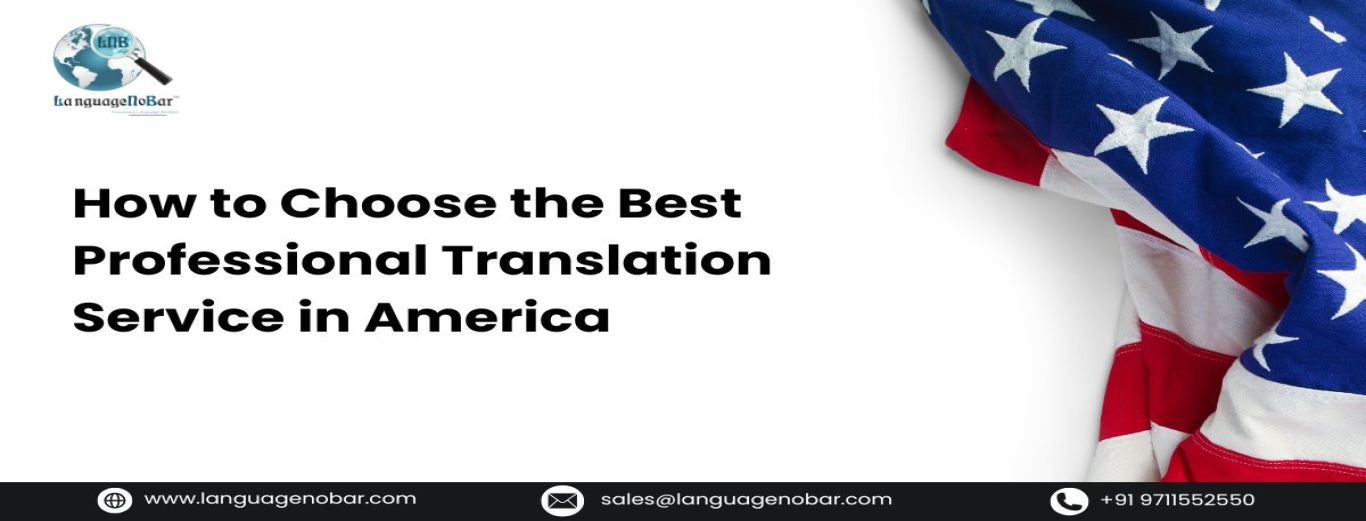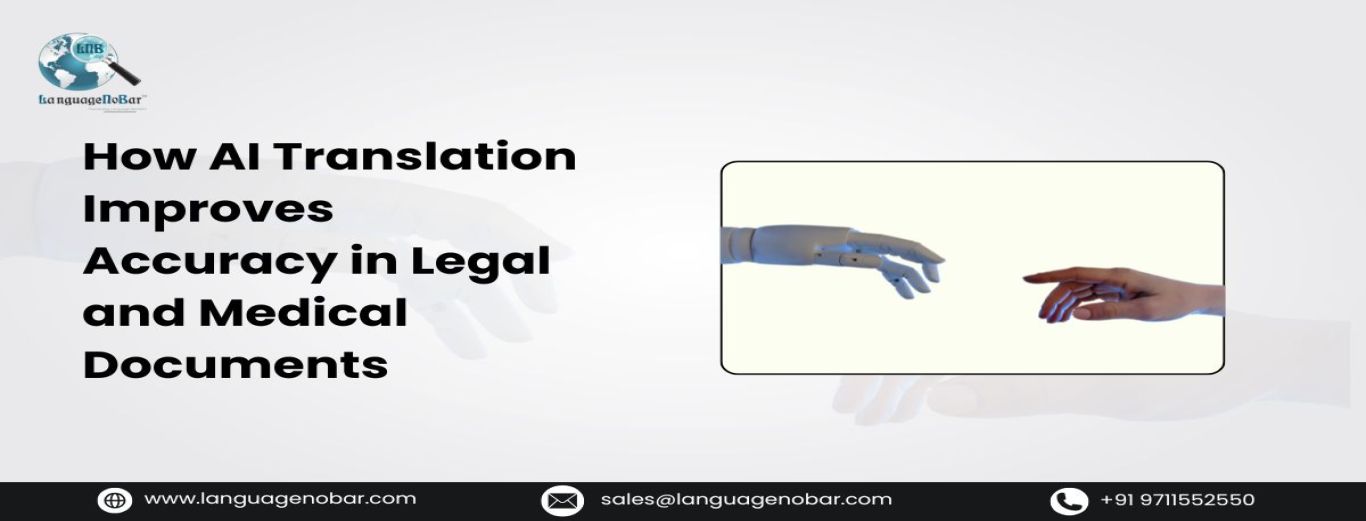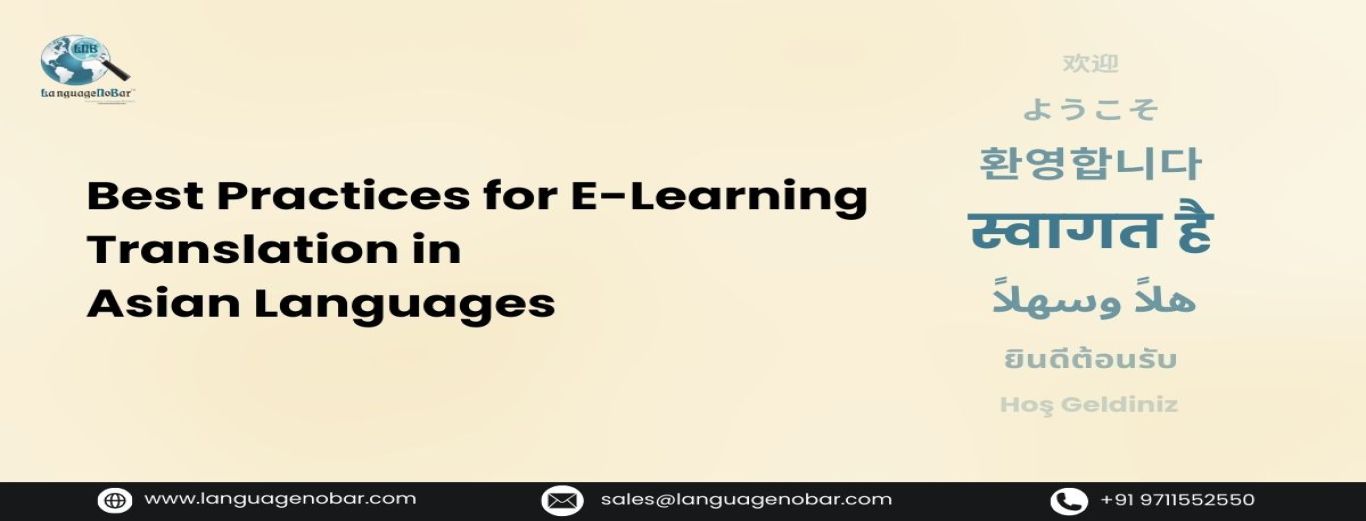Best Practices for ensuring Quality Medical translation Services
- Medical Translation Services
- Comments (0)
Communicating effectively with your customers, vendors, employees and all stakeholders is critical for the success of any business and the medical / healthcare / pharma sector is no exception. When we talk of communication – it might be verbal or written depending on the use case. While every industry has its own set of challenges and requirements for translation, the first thing which any layman would associate with Medical industry is accuracy as in many cases an error in Pharma/Medical sector could be fatal!
Needless to say, the role of Professional Medical translation services is becoming extremely critical and popular as most Pharmaceutical, Medical Device companies are expanding across geographies and wish to have all their product related and marketing material in the language of their customers. To ensure seamless medical translation projects, it is essential to follow best practices that encompass detailed planning, subject matter expertise, and quality assurance measures. We shall be looking at the various best practices for delivering exceptional quality Medical translation projects in this blog.
First and foremost, the success of any project requires a meticulous project planning covering all the variables which can impact the project. A detailed project plan for Medical translation projects should include native translators of the target language, industry/subject matter experts, experienced proofreaders, timelines, complete quality assurance process and target audience. Clear communication channels and milestones should be established to ensure smooth progress throughout the project lifecycle.
Having finalized a project plan, the first step to initiate the Medical translation project is to pick a native Medical translator with a rich experience in the Medical/Pharma domain. To ensure high quality contextual translation, the translator must be native in the target language with a good hands-on working experience in Medical translation. Example – let’s assume that a project involves English to Russian translation for a dossier, in such a scenario, the translator should be native to Russian language with a rich experience in Medical translation of documents to ensure professional Russian translation services within the timeline proposed.
Even within the medical translation, to ensure next level quality assurance, a medical translation company shall ensure to pick the translator with a good experience in a particular medical document translation. Some of the common medical documents include ICF, Patient Diary, Protocol, Instructions for Use (IFU), Dossier, Pack Insert, Product Information Leaflet (PIL), Normative Document (ND) etc. As the translation style and regulatory requirement for all these documents is different, so picking up a translator with an expertise in a particular document would be great for a translation project.
Medical content usually involves complex medical terminology, so using a translation memory ( TM ) tool is important to ensure consistency across the documents within a project. A translation memory tool also improves the efficiency of a translator while also ensuring consistency of terminology within and across the documents in a Medical translation project.
Quality assurance is one of the key aspects of any pharmaceutical translation and ensuring a thorough quality policy is inevitable to yield quality translations. At LanguageNoBar, we are focussed towards quality. Being an ISO certified Translation Company offering professional translation services in 150+ languages, we follow a multi-tier quality policy which includes translation, proofreading, review and Quality check. This multi-stage quality process ensures that the final translated content has flawless quality and is ready for deployment.
While most medical documents are subject to regulatory clearance, keeping this in mind is very important for medical translation. Different regulatory bodies such as DCGI in India and other country-specific regulatory bodies have their own set of regulatory requirements for documentations. These need to followed and need to be a part of the final QA checklist for seamless translation project delivery.
While localization or translation is done for a specific geography, integrating translation with target location culture is extremely important to ensure a great reader experience. Many terms are used in different ways in different geographies, so one of the crucial questions to ask when starting a translation project is the target geography. It should be at as micro-level as possible, so you could talk of a particular country, a particular state or a particular city within that country to be very specific.
In a nutshell, any medical translation project has multiple facets and all the steps explained above need to be followed diligently to ensure accurate Pharma translation. At LanguageNoBar, we are focussed towards customer satisfaction. Our first step is to understand complete project requirements including target audience, target geography and accordingly our dedicated Project Managers prepare a curated project plan for the project. In case you wish to get expert quality Medical translation services, you can reach us anytime at our helpline number – 9711552550 or email us at sales@languagenobar.com
Related Blog :
WHAT ARE THE TOP MISTAKES IN MEDICAL TRANSLATIONS?
DOES MEDICAL TRANSLATION REQUIRE A MEDICAL DEGREE?
SCIENTIFIC TRANSLATIONS – SCIENCE, TRANSLATION, AND MORE

